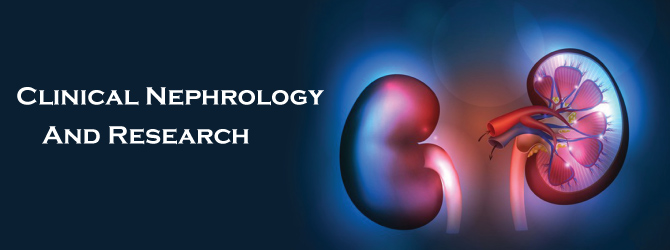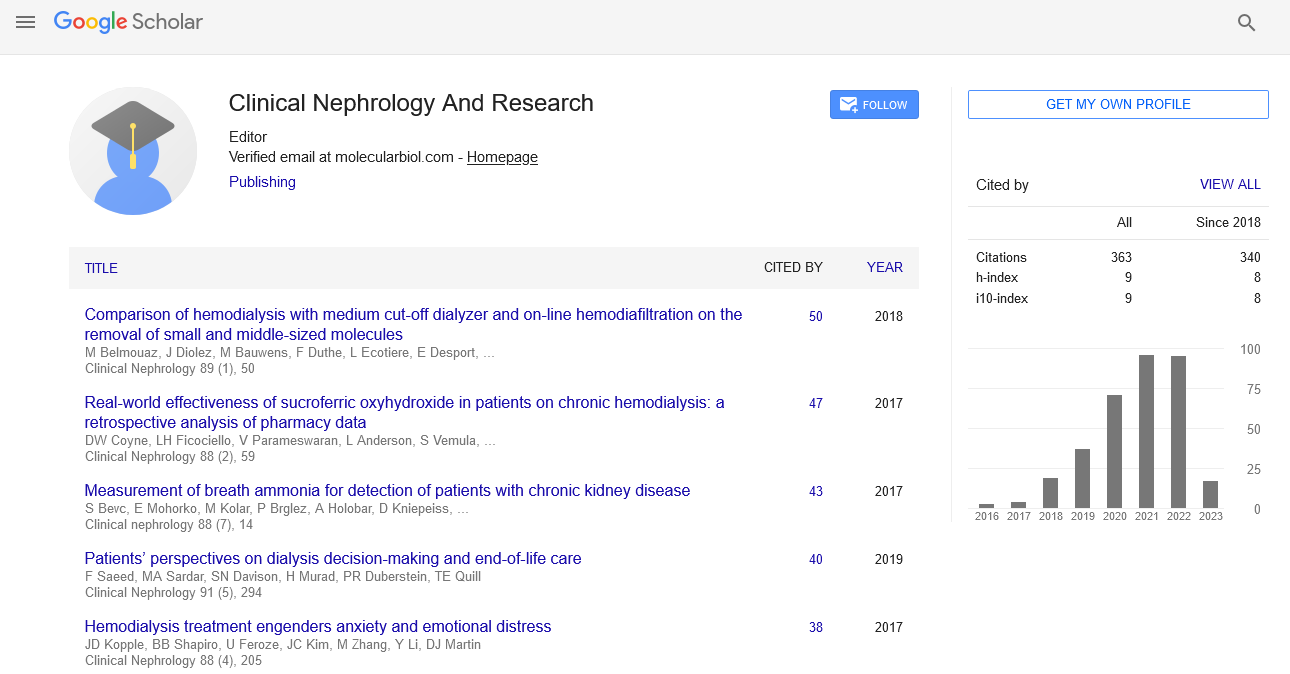
Sign up for email alert when new content gets added: Sign up
Types of hormone therapy for prostate cancer
5th International Conference on Urology and Renal Health
October 25, 2022 | Webinar
Ahmad Alali
PCI Centre, Turkey
Posters & Accepted Abstracts: Clin Nephrol Res
Abstract :
There are two main types of hormone therapy for prostate cancer: The body stops producing hormones and no longer allows them to be produced. The body prevents the binding of hormone receptors to cells. Some doctors begin treating both types to create a complete case of androgen blocking the effects of androgen on cancer cells. LHRH is a chemical that stops the production of testosterone in a patient's testicles; similar to orchiectomy, these materials can also be used in reverse. The patient should be injected once every 4 months. Or use subcutaneous tablets once a year. Side effects include: Lack of sexual desire in relation to the husbandBreast augmentation in men | Loss of muscle mass | Sudden weight gain | Fatigue and boredom Since it usually causes allergic reactions with severe symptoms, it is not often used at this time. How to choose the right treatment? It usually begins with the antibacterial hormone LHRH. Sometimes your doctor will also prescribe an anti-androgen to the patient. Doctors disagree about starting treatment early to prioritize the patient, some believe it should be treated immediately after diagnosis, and some believe it is useless. Why is hormonal therapy used for prostate cancer? Several types of hormone therapy may be used to treat prostate cancer. Hormone therapy for prostate cancer to lower testicular androgen levels Androgen deprivation therapy, also called ADT, uses surgery or medications to lower the levels of androgens made in the testicles. Hormone therapy for prostate cancer with LHRH agonists: LHRH agonists (also called LHRH analogues or GnRH agonists) are drugs that reduce the amount of testosterone made by the testicles. Treatment with these medications is sometimes called medical castration because they lower androgen levels just like orchiectomy. Although LHRH agonists cost more than orchiectomy and require frequent medical visits, most men choose this method. With these medications, the testicles stay in place, but they will shrink over time and may become too small for you to feel. LHRH agonists are injected or placed as small implants under the skin. Depending on the medication used, they are given anywhere from once a month to once a year. LHRH agonists available in the United States include: Leuprolide (Lupron, Eligard) | Goserelin (Zoladex) | Triptorelin (Trilstar) | Histrelin (Vanta) When LHRH agonists are first given, testosterone levels rise for a brief period before dropping to very low levels. This effect is called a flare and is caused by the complex way these drugs work. Men whose cancer has spread to the bones may experience bone pain. Men who have not had their prostate gland removed may have difficulty urinating. If cancer has spread to the spine, even a short-term increase in tumor growth as a result of a flare can compress the spinal cord and cause pain or paralysis. Flares can be avoided by giving medicines called anti-androgens (described below) for a few weeks when starting treatment with LHRH agonists. This medication is used to treat advanced prostate cancer. It is given as a monthly injection under the skin. The most common side effect is problems at the injection site (pain, redness, and swelling).




